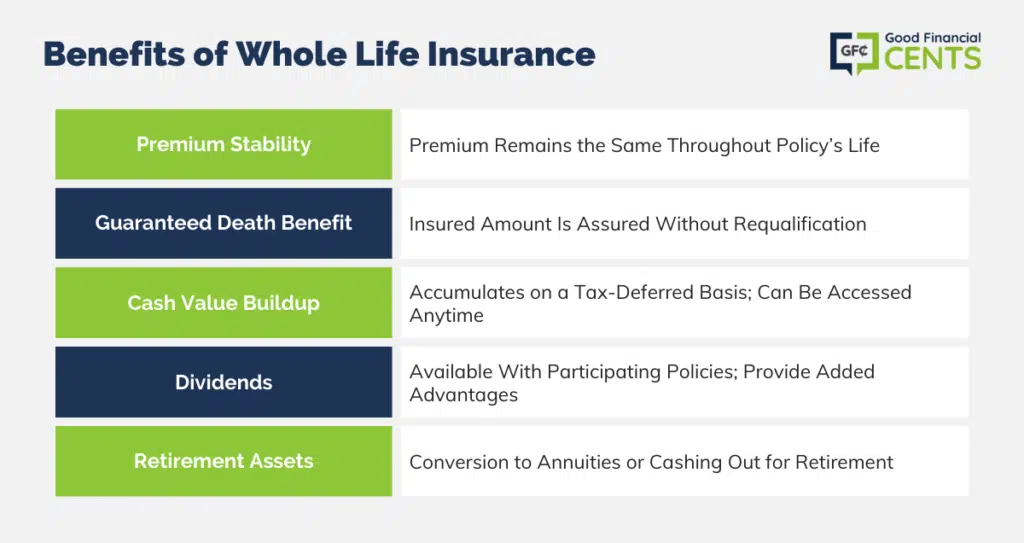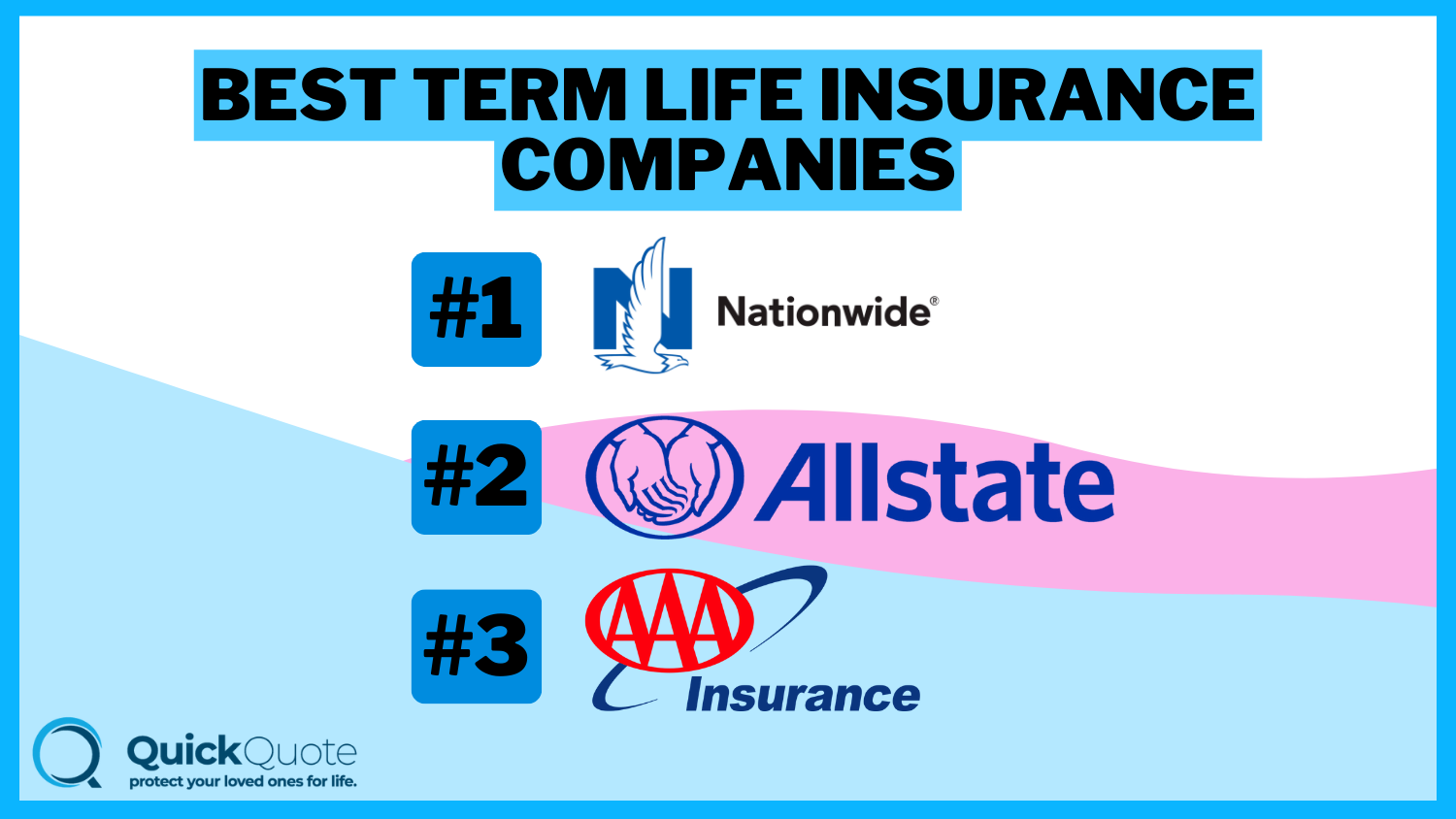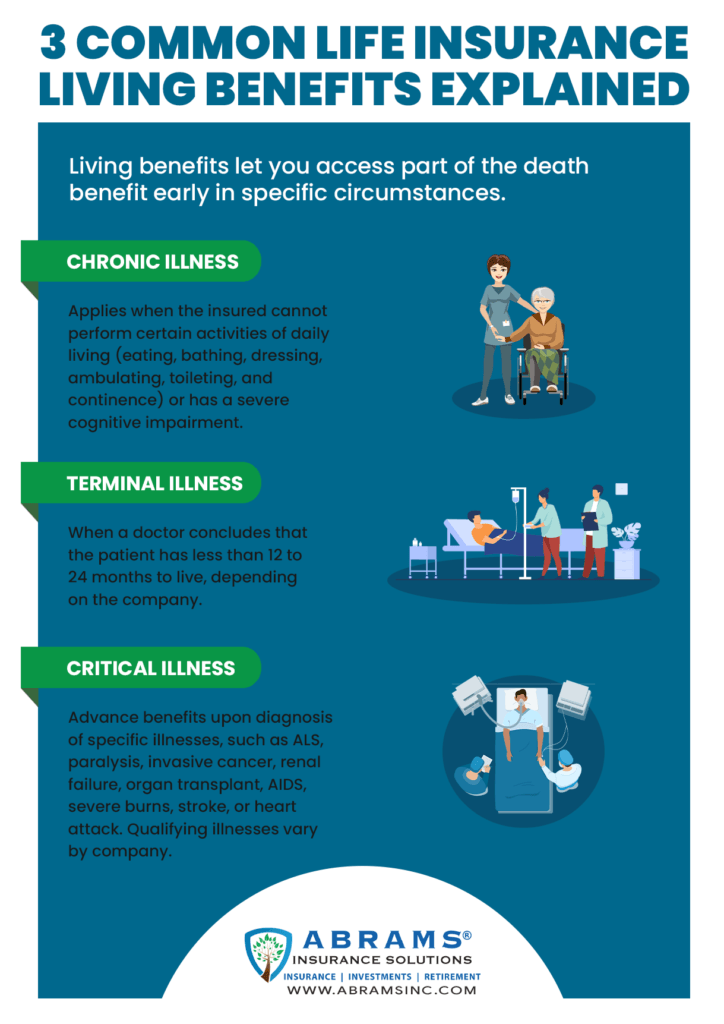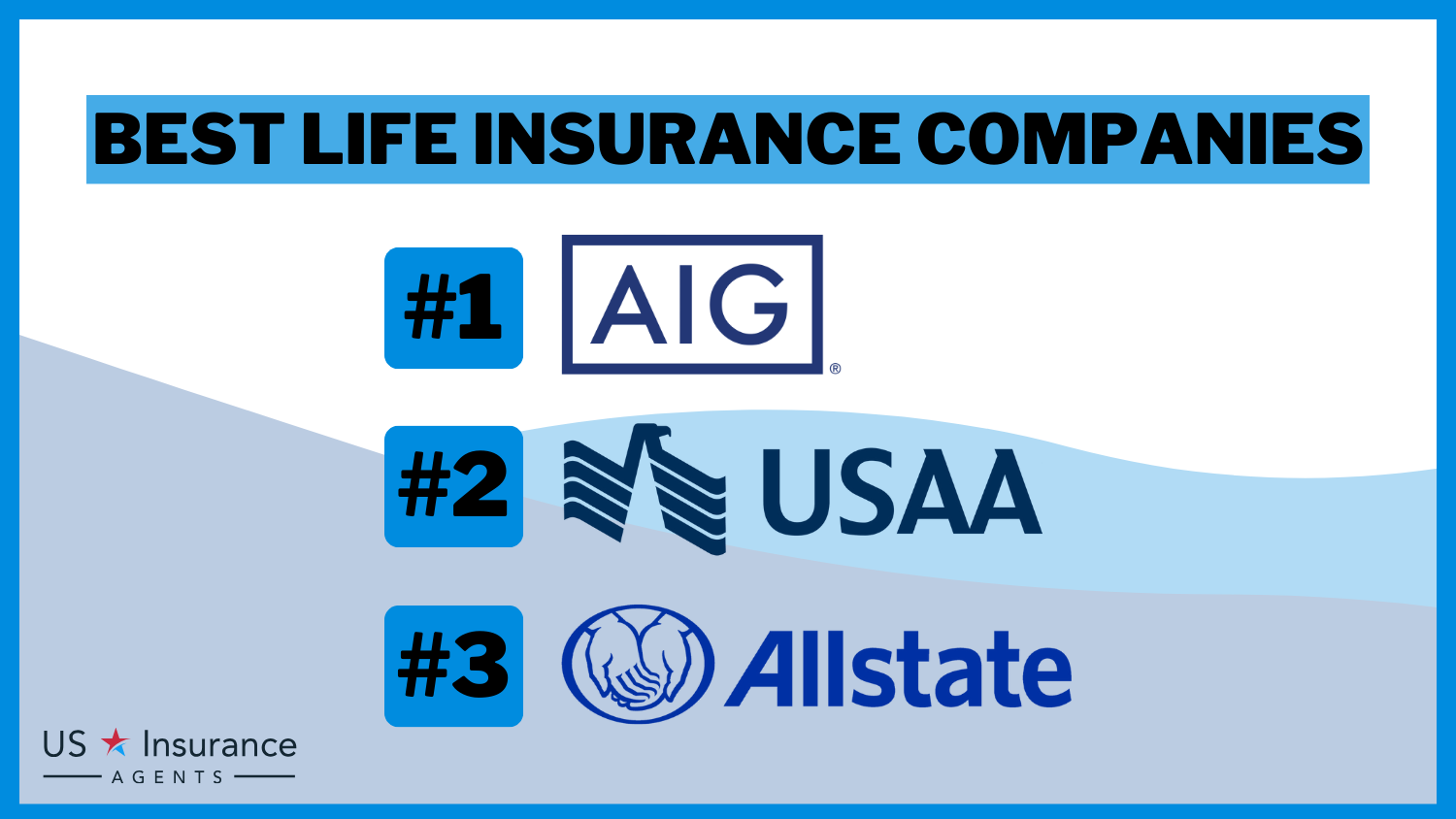What to Do If Someone Gets in an Accident with Your Car
Imagine this: you’ve lent your car to a friend or family member, and suddenly, you receive the dreaded call—they’ve been involved in an accident. In the whirlwind of emotions that follow, it’s crucial to know what steps to take to protect both yourself and your rights.
1. Stay Calm and Gather Information
It’s natural to feel overwhelmed in such a situation, but staying calm is paramount. Take a deep breath and collect as much information as possible. Jot down the following details:
- Date, time, and location of the accident
- Names, contact information, and insurance details of all parties involved
- Description of the accident, including any witnesses
- Photographs of the damage and scene
2. Contact Your Insurance Company
Report the accident to your insurance company as soon as possible. Provide them with the information you’ve gathered and be honest about the circumstances. They will guide you through the claims process and assign an adjuster to handle the case.
3. Exchange Information with Other Drivers
If you’re physically able to, exchange contact and insurance information with the other drivers involved in the accident. Do not admit fault or discuss the details of the collision. Simply provide the necessary information and move on.
4. Get a Police Report
In most cases, it’s advisable to call the police and file a report. Not only will this provide an official record of the accident, but it can also help support your insurance claim.
5. Contact an Attorney
If the accident is serious or there are disputes regarding liability, consider consulting an attorney. They can help you navigate the legal process, protect your rights, and maximize your compensation.
What if Someone Gets in an Accident with My Car?
Getting involved in a car accident can be a stressful and confusing experience. If you’re fortunate enough to escape with minor injuries or no injuries at all, your first priority should be to ensure the safety of others involved and gather as much information as possible. In this article, we’ll explore the crucial steps to take immediately following an accident to protect yourself and your legal interests.
Step 1: Stay Calm and Collect Information
In the aftermath of an accident, it’s natural to feel shaken and overwhelmed. But it’s essential to stay composed and focus on gathering crucial information. First, pull over to a safe location if you can do so without putting yourself or others at risk. Once you’re in a secure spot, take a deep breath and try to remain calm. It’s like the old adage goes, “If you lose your head, you’ll lose your case.”
Step 2: Exchange Information and Contact Authorities
After you’ve collected your wits, it’s time to exchange essential information with the other driver(s) involved in the accident. This includes your names, contact information, insurance details, and license numbers. Additionally, try to gather information from any witnesses who may have seen what happened. Their statements can be invaluable in determining fault and ensuring that you’re not held liable for damages that weren’t your fault.
Once you’ve gotten the necessary information, it’s crucial to contact the authorities. Even if the accident seems minor, it’s always a good idea to have an official report on file. The police can help direct traffic, investigate the scene, and provide you with a copy of the accident report, which can be essential for insurance claims and legal proceedings. Remember, a stitch in time saves nine.
Step 3: Assess the Damage
Once the authorities have arrived and taken their report, take a moment to assess the damage to your vehicle and any other property involved in the accident.
Step 4: Contact Your Insurance Company
After you’ve gathered all the necessary information and taken care of any immediate concerns, it’s time to contact your insurance company. They will need to be informed of the accident and can guide you through the claims process. Be sure to provide them with all the details of the accident, including the other driver’s information and the police report number. Your insurance company will then investigate the accident and determine who is at fault and how much compensation you’re entitled to. It’s like having a guardian angel on your side.
Step 5: Protect Your Rights
In the unfortunate event that the other driver disputes fault or tries to take advantage of the situation, it’s essential to protect your rights. Don’t sign any documents or give any recorded statements without consulting with an attorney. An experienced lawyer can help you navigate the legal process, negotiate with insurance companies, and ensure that you receive fair compensation for your damages. Remember, it’s always better to be safe than sorry.
What If Someone Gets in an Accident with My Car?
An auto accident can be a distressing experience, especially if it involves your car. If you’re unlucky enough to find yourself in this situation, staying calm and taking the right steps can help mitigate the damage. Here’s a step-by-step guide to help you navigate this ordeal:
Step 1: Stay Calm and Secure the Scene
After the accident, take a deep breath and assess the situation. Stay calm and collected, even if you’re feeling shaken. Check if you, your passengers, and other parties involved are injured. If possible, move to a safe location off the road. Turn on your hazard lights to alert other drivers and pull out your warning triangle if you have one.
Step 2: Call the Police
If there are any injuries or significant damage, call the police to file an accident report. The police report will provide an official record of the accident, which may be necessary for insurance claims and legal purposes. The officer will gather details about the accident, including the vehicles involved, the drivers, and witnesses.
Step 3: Exchange Information
Once the police arrive, they will facilitate the exchange of information between the involved drivers. This includes your names, addresses, phone numbers, driver’s license numbers, insurance information, and license plate numbers. It’s essential to collect this data accurately to ensure you have all the information you need to file an insurance claim and follow up with the other parties.
Step 4: Document the Accident
Take pictures of the accident scene, including the damage to your car and any other vehicles involved. If possible, take pictures of the other driver’s license and insurance card. Note down the names and contact information of any witnesses to the accident. This documentation will serve as valuable evidence when filing an insurance claim.
Step 5: Contact Your Insurance Company
As soon as possible after the accident, contact your insurance company to report the incident. Your insurance agent will guide you through the claims process and provide assistance in getting your car repaired or replaced. They will also handle any communication or negotiations with the other driver’s insurance company.
What If Someone Gets in an Accident with My Car?
If someone gets in an accident with your car, it can feel like a nightmare. Your first instinct is likely to worry about the people involved, which is understandable. However, there are also practical steps you need to take to protect yourself and your interests. Here’s what to do if someone gets in an accident with your car:
Step 1: Stay Calm and Check for Injuries
When you’re involved in an accident, it’s easy to panic. But it’s important to stay calm and check for injuries. First, make sure you’re okay. Once you’ve checked yourself, check the other people involved in the accident. If anyone is injured, call 911 immediately.
Step 2: Exchange Information
Once you’ve checked for injuries, exchange information with the other driver. This includes your name, address, phone number, insurance information, and license plate number. If there are any witnesses, get their contact information as well. You should also take photos of the accident scene, including any damage to the vehicles. This will help you later on when you file an insurance claim.
Step 3: Contact Your Insurance Company
Notify your insurance company about the accident as soon as possible. They will guide you through the claims process and help you determine who is liable for the damages. Your insurance company will also let you know what steps to take next.
Step 4: File a Police Report
In most cases, you will need to file a police report after an accident. This is especially important if there are any injuries or significant damage to the vehicles. The police report will document the accident and provide an official record of what happened. You can obtain a copy of the police report from the police department once it’s complete.
However, there are certain situations when filing a police report may not be necessary. For instance, if the accident is minor and there are no injuries, you may be able to resolve the matter directly with the other driver. Additionally, some jurisdictions may have specific rules or thresholds for when a police report is required. It’s always advisable to check with your local law enforcement agency to determine the requirements in your area.
Step 5: Get a Copy of the Accident Report
Once the police have completed their investigation, you can request a copy of the accident report. This report will contain important information about the accident, including the names and contact information of the drivers involved, the location and time of the accident, and a description of the damage to the vehicles. You can use this report to file an insurance claim and to support your case if you need to take legal action.
What if Someone Gets in an Accident with My Car?
Accidents can be stressful, especially if you’re not the one behind the wheel. If someone else gets into an accident while driving your car, the first step is to check on everyone’s well-being. Once you’ve ensured everyone is safe, follow these steps to protect your interests:
Step 1: Contact Your Insurance Company
Give your insurance company a heads up about the accident as soon as possible. They’ll guide you through the claims process and help you get your car repaired or replaced.
Step 2: Exchange Information
Collect as much information as you can from the other driver involved in the accident. This includes their name, address, phone number, insurance company, and policy number.
Step 3: Gather Evidence
Take pictures of the accident scene, including any damage to your car and the other vehicle. If there were any witnesses, get their names and contact information.
Step 4: Obtain a Copy of the Police Report
Once the police report is available, obtain a copy for your records. This report will be essential for settling any insurance claims or legal disputes. Here’s how to get a copy of the police report:
- Contact the police department that responded to the accident.
- Provide them with the date, time, and location of the accident.
- Pay the required fee for a copy of the report.
Step 5: Determine Who Was at Fault
Establishing fault is crucial for determining who is responsible for paying for damages. Insurance companies will investigate the accident and gather evidence to determine who was at fault. Factors they’ll consider include traffic laws, witness statements, and the police report.
If you believe you were not at fault for the accident, you may want to consult with an attorney to protect your rights. Remember, it’s important to be honest and cooperative with the insurance companies throughout the process.
What if Someone Gets in an Accident with My Car?
You may not be aware of it, but you could be held liable for any accidents that occur while someone else is driving your car. If you give someone permission to borrow your car, you’re essentially giving them control over a potentially dangerous piece of machinery. That’s why it’s so important to make sure that the person you’re lending your car to is a responsible driver.
Call the Police
After an accident, the first thing you should do is call the police. This is important even if there are no injuries or property damage. The police will create a report of the accident, which will help to protect you in case there are any disputes later on.
Exchange Information
Once the police arrive, you should exchange information with the other driver(s) involved in the accident. This includes your name, address, phone number, insurance information, and license plate number. You should also take photos of the damage to both vehicles.
Contact Your Insurance Company
You should contact your insurance company as soon as possible after the accident. They will need to know about the accident so that they can start the claims process. Your insurance company will also be able to provide you with guidance on what to do next.
Get a Copy of the Police Report
Once the police report is complete, you should request a copy of it. This report will be helpful to you if you need to file a claim with your insurance company or if you’re involved in a lawsuit.
Seek Medical Attention if Needed
Even if you don’t feel injured immediately, it’s important to seek medical attention after an accident. Some injuries may not show up right away. For example, you may have a concussion or a whiplash injury. These injuries can be serious, so it’s important to get them checked out by a doctor as soon as possible.
Hire an Attorney
If you or someone else was seriously injured in the accident, you may want to consider hiring an attorney. An attorney can help you to protect your rights and get you the compensation that you deserve.
Additional Tips
- Never admit fault to the other driver or to the police.
- Don’t sign any documents or agreements without first speaking to your attorney.
- Be prepared to cooperate with the insurance companies and the police.
- Keep a record of all expenses related to the accident, such as medical bills, lost wages, and property damage.
What if Someone Gets in an Accident with My Car?
It’s a dreaded scenario: you lend your car to a friend or family member, and they get into an accident. What are your responsibilities? Where do you turn for help?
Step 1: Stay Calm and Assess the Situation
In the immediate aftermath of an accident, it’s easy to feel overwhelmed. But it’s crucial to stay calm and assess the situation. Check if anyone is injured and call for medical assistance if necessary. Move your vehicles to a safe location if possible, and exchange information with the other driver.
Step 2: Contact Your Insurance Company
Notify your insurance company about the accident as soon as possible. They will guide you through the claims process and help you file a report. Be honest and accurate about the details of the accident, as this will affect your coverage.
Step 3: Get a Police Report
If the accident involves significant damage or injuries, call the police. A police report provides an official record of the accident and can be helpful in determining fault.
Step 4: Gather Evidence
Take pictures of the damage to your car and the other vehicle. Collect witness statements if available. Any documentation you can gather will support your claim.
Step 5: Determine Fault
Determining fault in an accident can be complex. Insurance companies will investigate the evidence and apply the laws of your state to decide who is liable. You may need to work with your insurance company or an attorney to prove your innocence.
Step 6: Hire an Attorney if Necessary
If the other driver is disputing fault or the insurance companies are not cooperating, consider hiring an attorney to represent you in the claims process or potential lawsuit. An attorney can protect your rights, negotiate a fair settlement, and help you recover damages.
Step 7: Take Care of Yourself
An accident can be a traumatic experience. Take care of your physical and emotional health. Seek medical attention if you have any injuries, and connect with a support system to help you cope with the stress.
Conclusion
Getting in an accident is never easy. But by following these steps, you can protect your rights and minimize the impact on your life and finances. Remember, you’re not alone in this, and help is available.
What if someone gets in an accident with my car?
It’s a question that every car owner dreads. What happens if someone gets in an accident with my car? The answer, unfortunately, is not always straightforward. It depends on a number of factors, including who was at fault for the accident, whether you have insurance, and the extent of the damage.
However, there are some general steps you can take to protect yourself if someone gets in an accident with your car.
What should I do if someone gets in an accident with my car?
If someone gets in an accident with your car, the first thing you should do is stay calm and assess the situation. If possible, pull over to the side of the road. Then, check to see if anyone is injured. If there are injuries, call 911 immediately.
Once you’ve checked for injuries, you should exchange information with the other driver involved in the accident. This includes your name, address, phone number, insurance information, and license plate number.
You should also take photos of the accident scene, including any damage to your car and the other driver’s car. If there are any witnesses to the accident, get their contact information.
Additional Tips:
In addition to the steps outlined above, here are a few other tips to keep in mind if someone gets in an accident with your car:
- Never admit fault at the scene of the accident. Even if you believe you are at fault, it’s important to wait until you have had a chance to talk to your insurance company before admitting fault.
- Take photos of the accident scene and any damage. This will help you document the accident and support your insurance claim.
- Keep a record of all expenses related to the accident, such as medical bills and lost wages. This will help you get reimbursed for your losses.
- Don’t sign anything or agree to anything at the scene of the accident. Wait until you have had a chance to talk to your insurance company and an attorney.
- Report the accident to your insurance company as soon as possible. Your insurance company will be able to help you file a claim and get your car repaired or replaced.
What happens if the other driver is uninsured?
If the other driver involved in the accident is uninsured, you may be able to file a claim with your own insurance company under your uninsured motorist coverage. Uninsured motorist coverage is a type of insurance that protects you if you are injured or your car is damaged by an uninsured driver.
However, it’s important to note that uninsured motorist coverage is not available in all states. If you’re not sure whether you have uninsured motorist coverage, check with your insurance company.
What if I’m at fault for the accident?
If you’re at fault for the accident, you will be responsible for paying for the damages to the other driver’s car and any injuries they sustained. You may also be cited or charged with a traffic violation.
If you’re at fault for the accident, it’s important to cooperate with the other driver and their insurance company. You should also provide them with your insurance information and contact information.




Leave a Reply